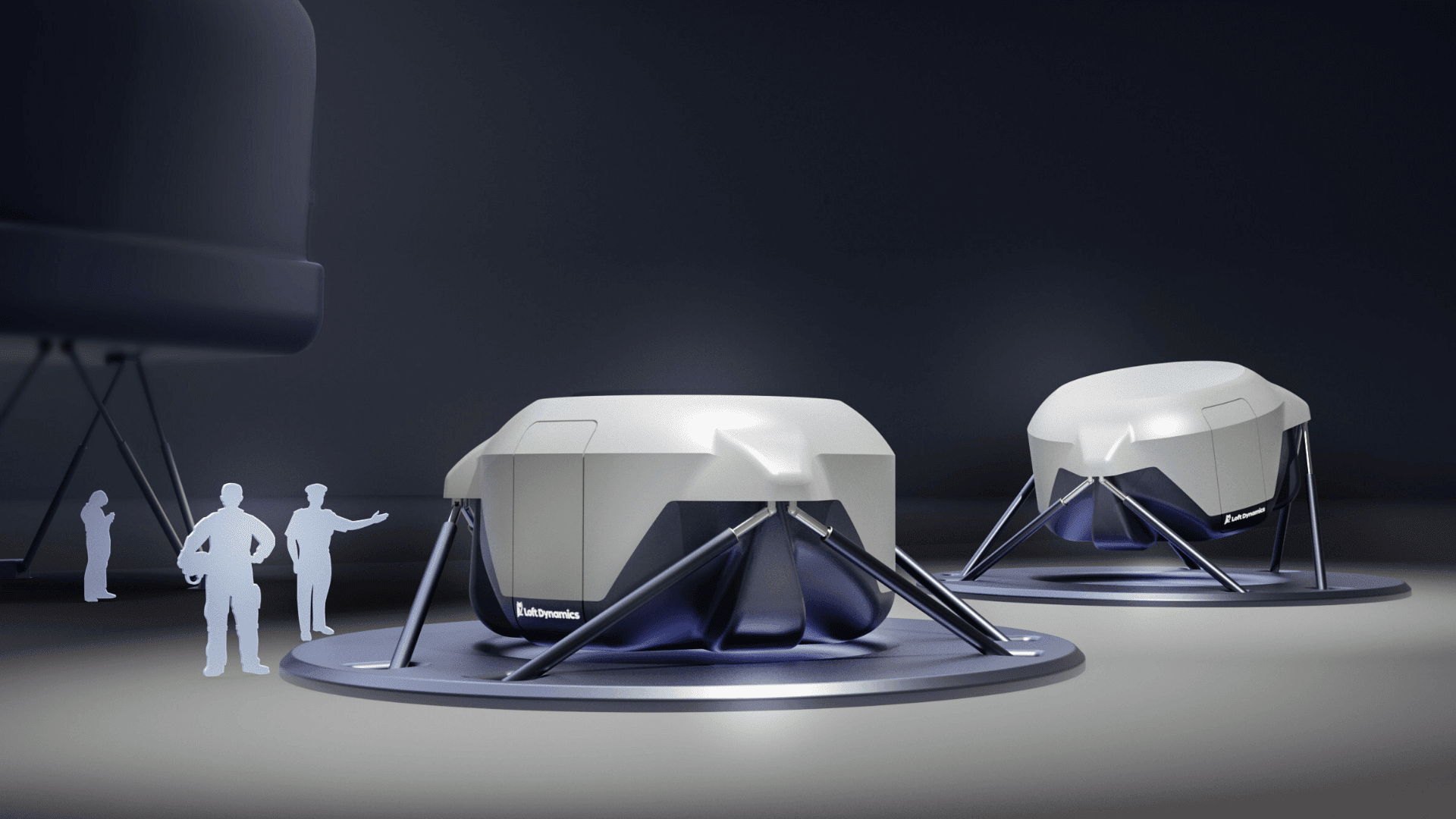For some photographers, inspiration strikes when they stumble upon a sight (or site) they find particularly beautiful. For published photographer, writer, and magazine art director Chuck Beard, his inspiration struck when he stumbled upon the complete opposite. Instead of finding beauty where it’s obvious, Chuck Beard (nicknamed ‘Huck’) started a project called Abandoned Pittsburgh that centers around finding “beauty in decay.” We were able to speak with Beard to hear more about his work in Pittsburgh, PA, how he got started with photography, and his plans for the future.

Tomorrow’s World Today (TWT): How did you get started with photography?
Chuck Beard (CB): I taught myself photography as a function of my work as an art director. I was used to hiring freelance photographers for the work that I needed, but sometimes I knew it would just be easier if I could do the smaller jobs myself. So I taught myself photography and gradually became comfortable doing the more ambitious projects.
TWT: How would you describe yourself as a photographer? How would you describe your work?
CB: I describe myself as a fine-art photographer; portrait work and most commercial work is not my comfort zone. In my day job as a magazine art director, I have to do portrait/commercial work, but I am most passionate about the art projects on the side. I like to think of my images as scenes from a forgotten film, where the only copy of that film has been a bit damaged by neglect and too many years tucked away in an old box. The images are dark, sometimes grainy, frayed, rough. I love the idea of ambiguity in an image, where you’re not sure what just happened in the frame.
TWT: How has your work changed over time/how have you grown?
CB: My first project was Abandoned Pittsburgh, where the images are necessarily dark and seedy because of the abandoned locations. This was definitely my comfort zone — working alone and quickly at a quiet site. After that, I started planning themed collections under more controlled conditions, where I would manipulate the images to reflect an idea in my head.

TWT: What inspired you to start the Abandoned Pittsburgh series?
CB: I had just bought a new camera and wanted to try it out at night. My husband, John, and I were driving around the city one night and stopped at the old St. Nicholas Croatian Catholic Church on the North Side. It was my first location shoot for the Abandoned Pittsburgh project, and people loved the images and wanted to buy them. I kept doing it and eventually shot about 30 locations and published three books.
TWT: What has been your biggest challenge as a photographer? How did you overcome it?
CB: I have a condition called fourth-muscle palsy, where a muscle in my right eye doesn’t want to play nice with my left eye. This leads to an annoying double vision. I go to vision therapy with an eye specialist to train my brain to consciously correct the asymmetry.
TWT: When and why did you first decide to publish your photography in a book?
CB: I started doing art festivals soon after the Abandoned Pittsburgh project took off. People wanted to buy the images and asked for books. I self-published three books, and then a publisher in the UK bought the rights to reformat the books and sell them worldwide.

TWT: What are your goals for the future?
CB: The Abandoned Pittsburgh project has lasted 10 years, and it’s time to move on. I will still create themed collections as the ideas come to me. I’ve turned to writing more in the past 18 months, as the pandemic raged. I began writing in high school, and it’s definitely my comfort zone. I wrote a book (fiction) and signed with a literary agent last month, and we are now out on submission with editors.
TWT: Who are your role models and why?
CB: I take my cues more from painters than fellow photographers. Francis Bacon, Goya, Remedios Varo, and Frida Kahlo are my favorites, because of that dark ambiguity that I love.
TWT: Do you have a favorite photo you’ve taken or one that particularly stands out to you? If so, why?
CB: I definitely have favorite images within each collection. With Abandoned Pittsburgh, it’s an image of a solitary worker’s stool; it just looks very painterly to me. In ‘The Years Have Not Been Kind To Me,’ it’s images 1, 2, and 10; very ghostly. In ‘Apparitions,’ it’s Omen and Batten Down. In ‘Ephemera,’ it’s Leafy Lane.

TWT: What piece of advice would you give to aspiring photographers?
CB: Shoot for yourself, and people will gravitate to your unique vision.
TWT: What is the biggest change you’ve seen in the industry since you’ve started? What changes do you want to see happening in the future?
CB: The use of the iPhone as a camera is huge now, and I use it myself all the time. For the future, I’d like to see more creativity shown in the portrait field, more elaborate staging.
TWT: You also work as the Art Director for Pittsburgh Magazine. How would you describe your experience? Any particularly inspiring or rewarding moments that stand out to you?
CB: It’s the most interesting and fun job in Pittsburgh. I’ve shot everything from the Braddock Locks & Dam and the inner workings of the Duquesne Incline to the Buffalo Bill House and dinner in an Amish household. One particularly memorable project was the It Happened One Night feature, where I coordinated with five other photographers to shoot people who work the night shift, 6 pm to 6 am.
For more information about Chuck Beard and Abandoned Pittsburgh, visit abandonedpittsburgh.com, beardfoto.com, or follow him on Twitter or Instagram @huckbeard.
Discover more about the World of Creation, and uncover places to experience interactive art, how recycled art turns trash into treasure, and what NFT art is.







